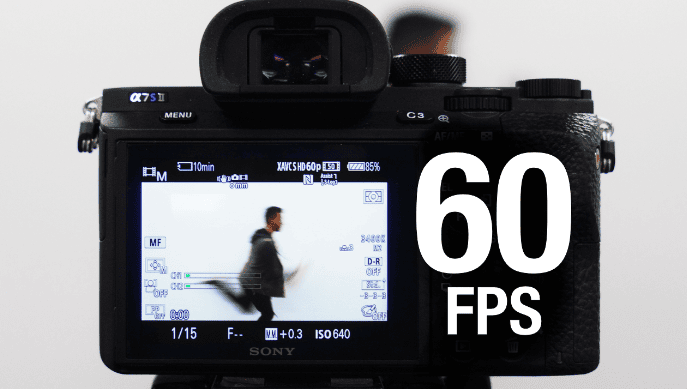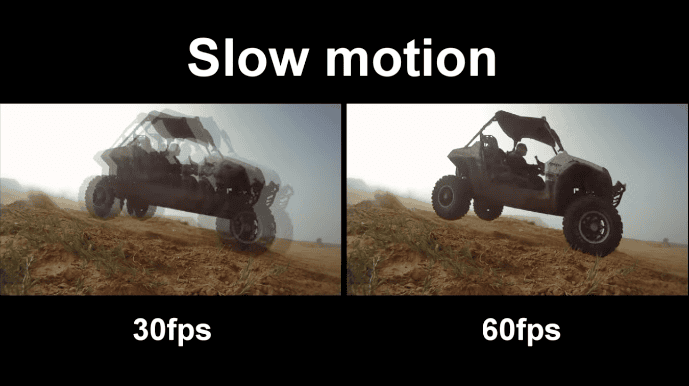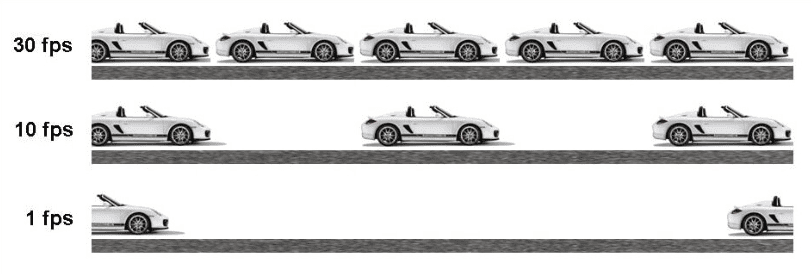
Expert in Camera Module Solution

Expert in Camera Module Solution

A frame rate, expressed as fps or frames per second, is the number of frames (or images) you camera can take per second. The current industry standard for clear, smooth video even with moving objects is 30 fps, although the quality of video you’re hoping to capture and your network’s bandwidth heavily influence what frame rate will work best for you. 30 fps is the standard rate for your television, since it results in smooth movement of people and objects between frames.
Now let's take a look at different frame rates and their applications, and then you can decide which one is better for you.
1-16 FPS - If a frame rate of a video is less than 10fps, the viewers will be barely able to see continuous motion. Even if you are trying to recreate the style of silent era movies, it is highly unlikely that you will ever use a frame rate that has less than 16fps, because the video won't have the illusion of movement. At 16fps you'll be able to get the effect similar to that of a silent movie as the characters will move faster than they normally would. However, the footage captured at this frame rate often looks choppy, and for that reason, it is rarely used in modern film and video production.
24 FPS - Unless you are working on a project that demands higher frame rates chances are that the majority of the footage you ever recorded was captured at 24fps. If you choose to shoot at this frame rate your videos will have a cinematic look, although the footage may not seem as smooth as it looks when it is captured at 60fps. Gamers can also use this frame rate in their screen capturing sessions, although screencasting some demanding video games may require larger frame rates so that the videos appear perfectly smooth.
25 FPS - The frame rate 25P is not very much common in the United States. The reason being, most of the electronic equipments like cameras and camcorders, used in the US, offers multiple of 30 or 60. The videos can be easily converted to 25P. This edge rate derives from the PAL TV standard of 50i (or 50 tangled fields for every second). Film and Television organizations utilize this rate in 50 Hz locales for direct similarity with TV field and edge rates.
30 FPS - Live TV broadcasts and a lot of TV shows are recorded at 30fps in order to increase their quality. Live sports events broadcasted on TV must look realistic, which is why a higher frame rate is used so that running or jumping would appear as if they are taking place in real time.
60 FPS - Until the invention of 4K video resolution, only a small minority of cinematographers used this frame rate. However, the 4K videos benefit from higher frame rates, because they give the footage an incredibly detailed and realistic look. Capturing gaming videos at 60fps can help you reduce the choppiness and create a video that depicts the on-screen movement truthfully.

120 FPS - If you would like to produce a slow-motion video then you should use this frame rate. Gamers often capture their videos at 120fps when playing video games that contain a lot of rapid movement, like car racing or fighting games.
Over 120FPS - Recording videos at frame rates higher than 120fps requires you to have a high-speed camera. Even though it is possible to capture videos at frame rates as high as 250fps, animation artists, videographers or gamers are highly unlikely to ever be in a situation when such a high frame rate is necessary so that the video looks natural.
